Native Arkansas Palmettos (9 pictures)
austinl
17 years ago
Related Stories
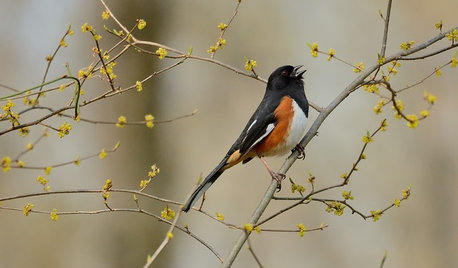
GARDENING GUIDES10 Standout Native Shrubs and Small Palms for Southern Gardens
These hardworking plants serve a variety of purposes, such as screening views and attracting native wildlife
Full Story
GARDENING GUIDESGarden-Friendly Native Alternatives to Overplanted Exotics
There are lots of gorgeous, wildlife-friendly native plants ready to make an appearance in your garden
Full Story
FALL GARDENINGHouzz Call: Show Us Your Fall Color!
Post pictures of your fall landscape — plants, leaves, wildlife — in the Comments section. Your photo could appear in an upcoming article
Full Story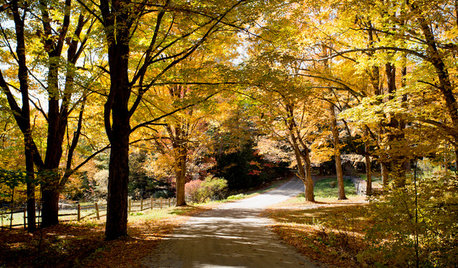
FALL GARDENINGHouzz Call: Show Us Your Autumn Views
Share your pictures of fall foliage and decor in the Comments. Your photos may be featured in an upcoming story!
Full Story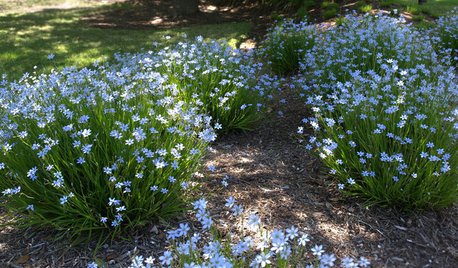
FLOWERS10 Spring Wildflowers for the Central Plains
These blooming native perennials thrive in dry locations and help welcome early-season pollinators
Full Story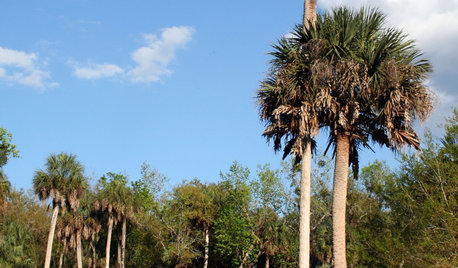
TREESGreat Design Plant: Sabal Palm Enchants in Balmy Sites
Towering and tolerant, this tree blends in, stands out and happily stars in vacation photos
Full Story
FRONT YARD IDEASBefore and After: Front Lawn to Prairie Garden
How they did it: Homeowners create a plan, stick to it and keep the neighbors (and wildlife) in mind
Full Story
HOUZZ TOURSMy Houzz: Original Drawings Guide a Midcentury Gem's Reinvention
Architect's spec book in hand, a Washington couple lovingly re-creates their midcentury home with handmade furniture and thoughtful details
Full Story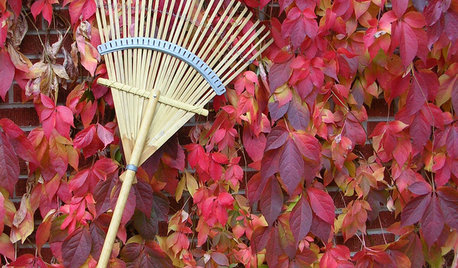
GARDENING GUIDESYour November Garden Checklist
What to do around the U.S. this month to help your garden thrive — when you're not admiring fall's brilliant colors, that is
Full Story
LANDSCAPE DESIGNCelebrate a Sunny Climate With the Right Leafy Palm for Your Site
So you get freezes or floods. So your garden is small. These palms send excuses riding off into the tropical sunset
Full StorySponsored





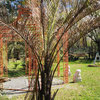
john_trussville
nucci60
Related Discussions
Is is environmentally irresponsible to plant non-native plants?
Q
Re-introducing extinct natives in my area
Q
Question: How the Sabal Palmettos are doing in VA,NC and SC?
Q
My Sabal Palmetto, 7 months later...
Q
austinlOriginal Author
austinlOriginal Author
sonotaps
the_virginian
austinlOriginal Author
andyandy
crazy4coasters_earthlink_net
austinlOriginal Author
topher2006
austinlOriginal Author
topher2006
merrill
Steve
topher2006
austinlOriginal Author
topher2006
Steve
austinlOriginal Author
topher2006
Steve
topher2006
the_virginian
austinlOriginal Author
topher2006
palmfan
merrill
austinlOriginal Author
austinlOriginal Author